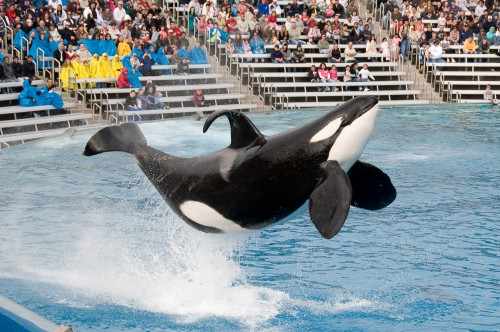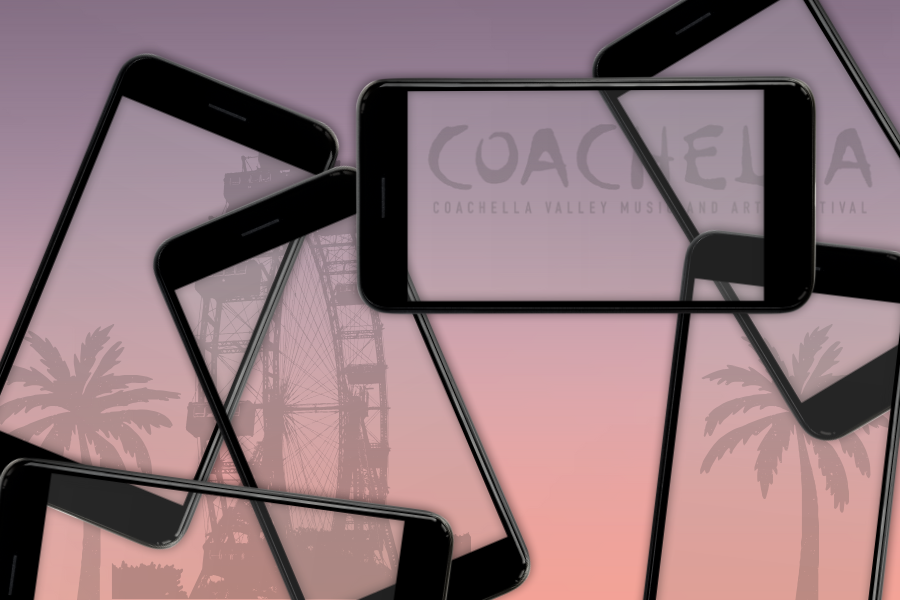By: Serina Gousby
Blackfish, a 2013 documentary film directed by Gabriela Cowperthwaite, focuses on a bull orca, more commonly known as a “killer whale,” that has a history of killing three people during his captivity in both Sea World in Orlando, Fla., and Sealand of the Pacific in Victoria, British Columbia. The whale, named Tilikum, was captured in the early 1980s in Iceland, and has been living in captivity ever since. The film breaks down the many heartbreaking events that lead to Tilikum killing a Sea World trainer, Dawn Brancheau, in 2010, followed by the lawsuit against the Occupational Safety and Health Administration (OSHA) and Sea World.
It started in the 1970s, when divers and fishers would hunt for orcas, mainly the young ones, in the state of Washington. The mother whales had strategies to protect the young whales, but speedboats and aircraft eventually surrounded the mothers and young with nets. While the young were being captured, the young mothers would communicate loudly as a sign of mourning and grief. One of the divers, John Crowe explained tearfully that “I lost it. It’s like kidnapping a little kid away from their mother.” After being ejected from the state, they went to Iceland where they captured Tilikum and brought him to Sealand.

The whale’s experience at the park was torturous. He was deprived of food, two of the trained female whales would rake (bite with their teeth) Tilikum from head to toe out of frustration, and he was trapped inside a box from 5 p.m. to 10 a.m. the next morning with the abusive whales. This eventually led to Tilikum killing an employee by drowning her in front of the audience at the park. The park was immediately closed and Sea World wanted Tilikum. The most heartbreaking fact about the entire situation was that the documented cause of death for the trainer did not include Tilikum, and the Sea World trainers had no idea that the whale was a part of the incident.
The film continues to showcase many events including separating mothers and the calves in the park and hearing the mothers screech and cry, the constant abuse and killing between whales. The trainers were told from Sea World to say invalid information about killer whales to visitors and more than 70 injuries and attacks between the trainers and the whales in different Sea World locations were never discussed with the trainers in Orlando. Sea World executives and spokesman had even blamed many of the trainers for the injuries, including Brancheau for her death.
This film is very hard to watch without feeling empathetic for not only the many trainers who were hurt and killed by orcas, but for the beautiful whales living in captivity for the sake of entertainment. According to the film, the whales have no history of hurting humans in the wild because they are known to be very friendly and gentle, however being held in a facility for more than 20 years is a perfect reason why the sea animal would cause harm to the trainers. Because of a court order, trainers now have a barrier between them and the whales, but this does not change the fact that the whales deserve to be freed from the park. The film can be watched on Netflix, and like many others, I have no desire to go to Sea World after seeing this agonizing film.







